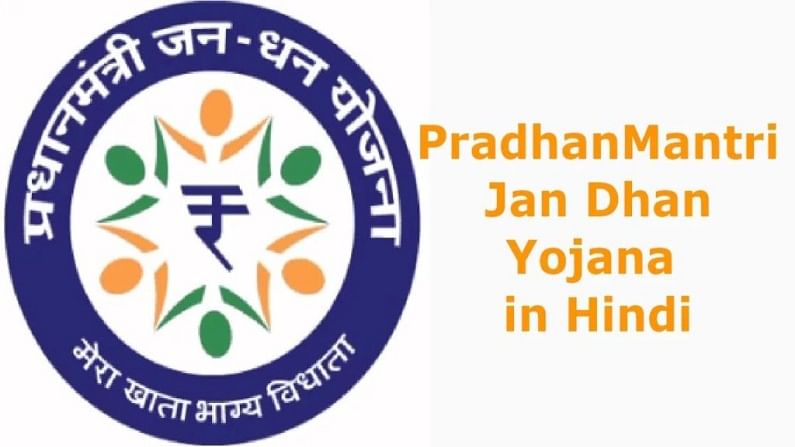Jan Dhan accounts: Around 66% of beneficiaries are from rural/semi-urban areas
Only four states witnessed more Jan-Dhan accounts being opened in urban centres than rural areas. These were Chandigarh (14.64%), Manipur (45.87%), Nagaland (44.23%) and Puducherry (49.34%)

More than 92% of the Jan-Dhan beneficiaries in the state of Himachal Pradesh till March 31, 2021 are residents of rural and semi-urban areas, data for the flagship financial inclusion of the Union government revealed. In the Union Territory (UT) of Chandigarh only 14.64% of the beneficiaries live in rural/semi-urban areas.
The second and the third in the list on the parameter of rural/semi-urban share of Jan Dhan beneficiaries are Dadra & Nagar Haveli (90.78%) and Goa (88.72%).
Overall, in the country two accounts in every three Jan Dhan accounts (66%) were opened in the rural/semi-urban areas, while one (34%) was opened in the urban/metro areas.
The states and UTs that have more Jan-Dhan accounts in rural-semi-urban areas than the national average are Andaman & Nicobar islands (66.68%), Assam (72.24), Bihar (70.43%), Chhattisgarh (69.03%), Dadra & Nagar Haveli (90.78%), Daman & Diu (77.47%), Goa (88.72), Himachal Pradesh (92.12%), J&K (84.86%), Jharkhand (82.46%), Ladakh, 81.49%), Lakshadweep (77.91%), Meghalaya (88.23%), Odisha (78.39%), Sikkim (70.47%), Tripura (71.85%), Uttar Pradesh (71.65%), Uttarakhand (67.22%), and West Bengal (70.98%).
According to the Reserve Bank of India if a settlement has fewer than 10,000 people, it is termed as rural. If the number of residents is between 10,000 and 1 lakh, it is classified as semi-urban. A settlement is called urban when the number of people is between 1 lakh and 10 lakhs. Any population above 10 lakhs qualifies the city as a metropolitan city.
Analysing the Jan-Dhan data, it is clear that the states and UTs where fewer accounts were opened in the rural areas than the national average are Andhra Pradesh (55%), Arunachal Pradesh (63.09%), Chandigarh (14.64%), Gujarat (62.56%), Haryana (51.84%), Karnataka (60.09%), Kerala (54.13), Madhya Pradesh (59.31), Manipur (45.87%), Mizoram (55.57), Nagaland (44.23%), Puducherry (49.34%), Punjab (59.26%), Rajasthan (65.91%), Tamil Nadu (51.24%), Telangana (55.19%), and Delhi (58.72%).
Only four states witnessed more Jan Dhan accounts being opened in urban centres than rural areas. These were Chandigarh (14.64%), Manipur (45.87%), Nagaland (44.23%) and Puducherry (49.34%). It can be inferred that in these states there were more urban dwellers than those living in rural areas who did not have a bank account.
According to World Bank data, in 2017, India had 19.1 crore adults without a bank account, second only to China that had 22.4 crore people and occupied the first spot.
Launched in August 2014 targeting the bottom of the financial pyramid, the Pradhan Mantri Jan Dhan accounts constitute a quantum leap in the direction of financial inclusion and has a target of opening a bank account for each adult.
The programme has so far enlisted 42.20 crore beneficiaries – almost half the adult population of the country – who have between themselves deposited Rs 1.45 lakh crore in these accounts which can be opened in PSU banks, regional rural banks and private sector banks.
It is expected that Jan-Dhan accounts in rural/semi-urban areas would outnumber those opened in the urban areas since the presence of banks is far fewer in the rural areas in any state. Also in the rural areas, many do not have the financial wherewithal to open and maintain a bank account that requires a minimum balance and debits some service charges.
If one opts for a zero-balance Jan-Dhan account, one is able to deposit, withdraw and transfer in the account. One can also do mobile banking without additional charges.
The union territory of Lakshadweep tops the country on average deposits in Jan-Dhan accounts. According to the data as on March 31, 2021, the average deposit per beneficiary in this scenic island stood at Rs 18,684, which is 5.4 times of the all-India average of Rs 3,449.
Manipur has the lowest deposit per beneficiary at Rs 2,037.

